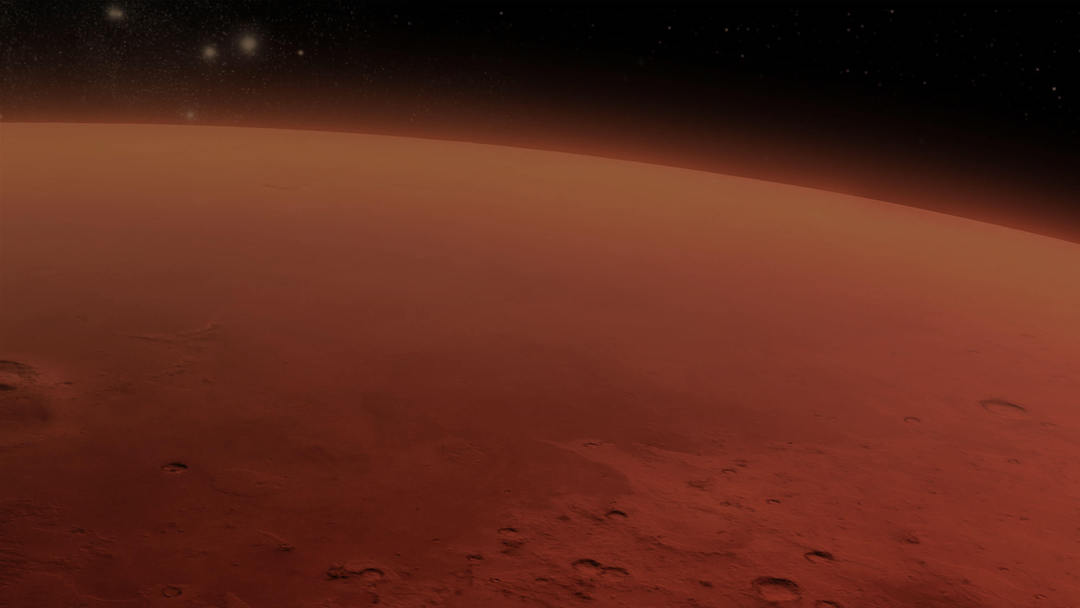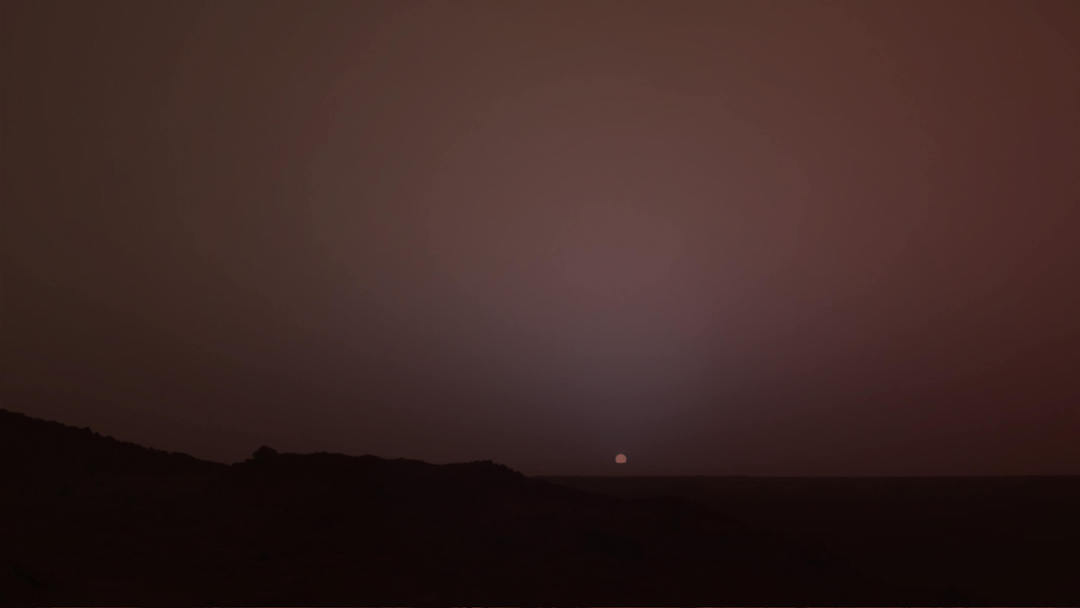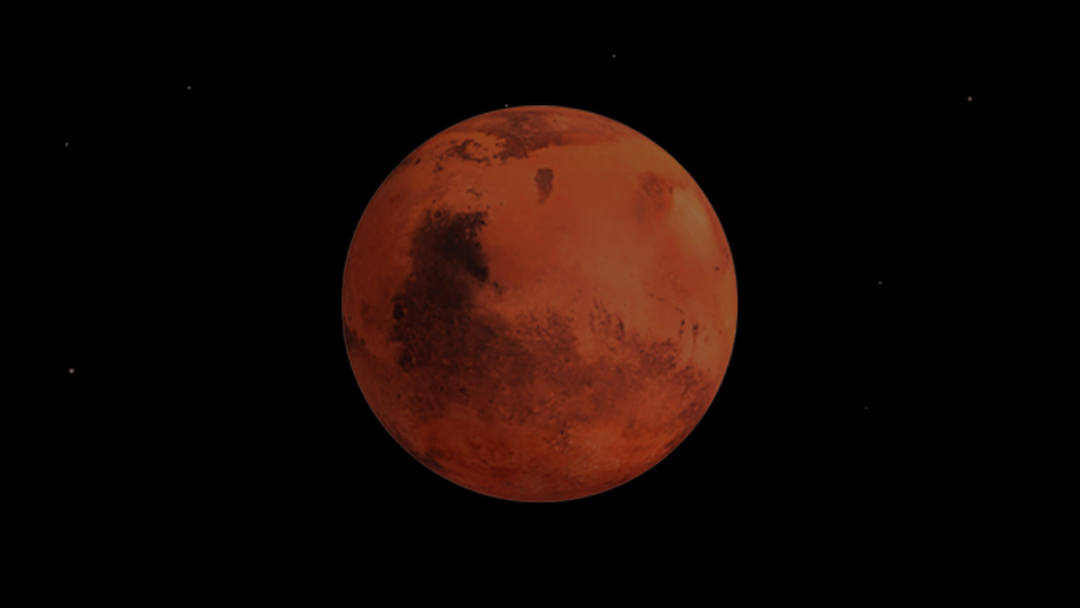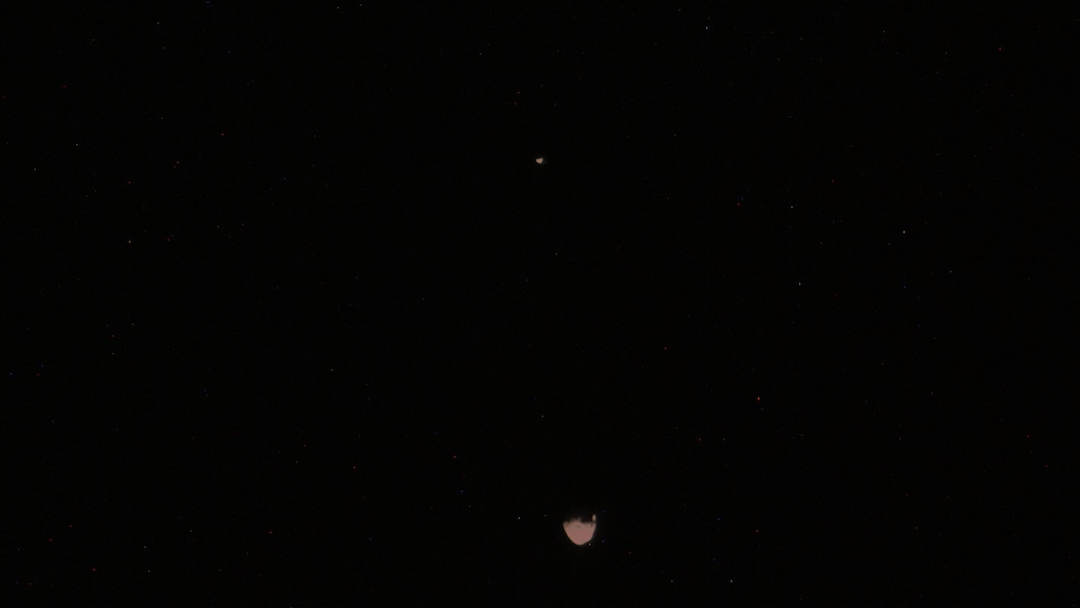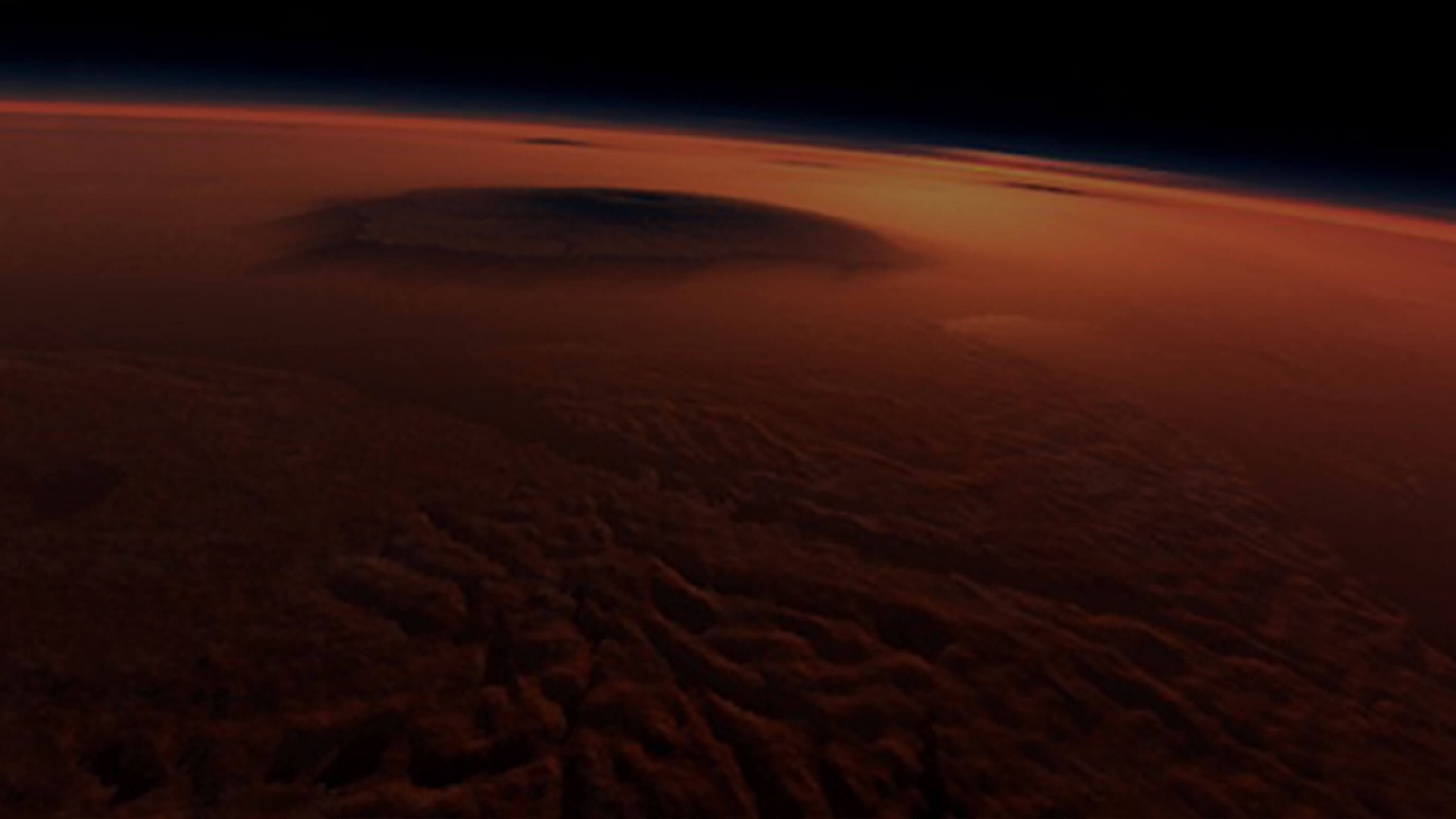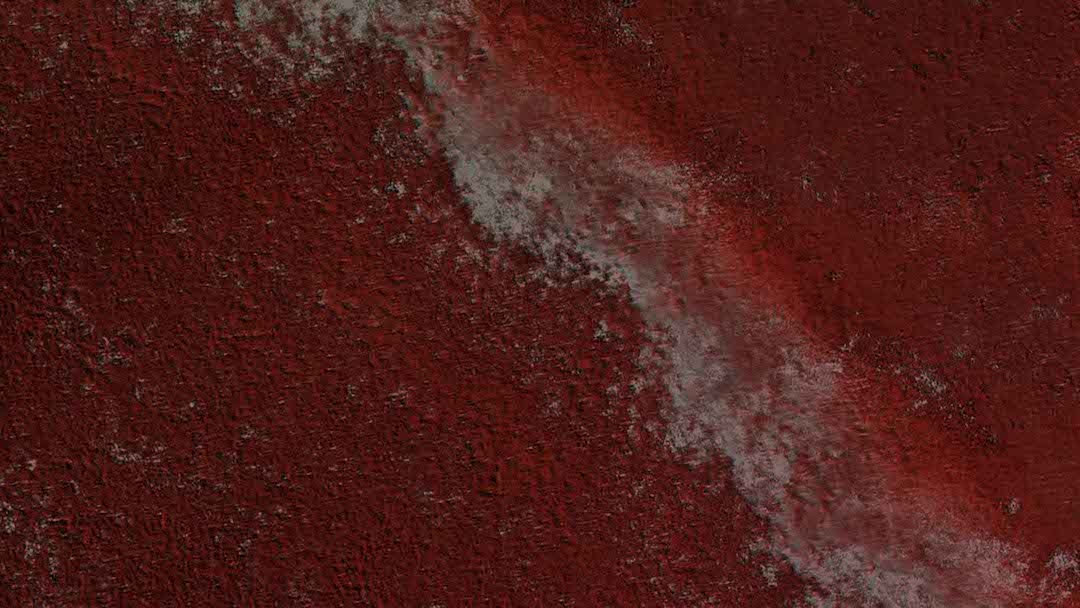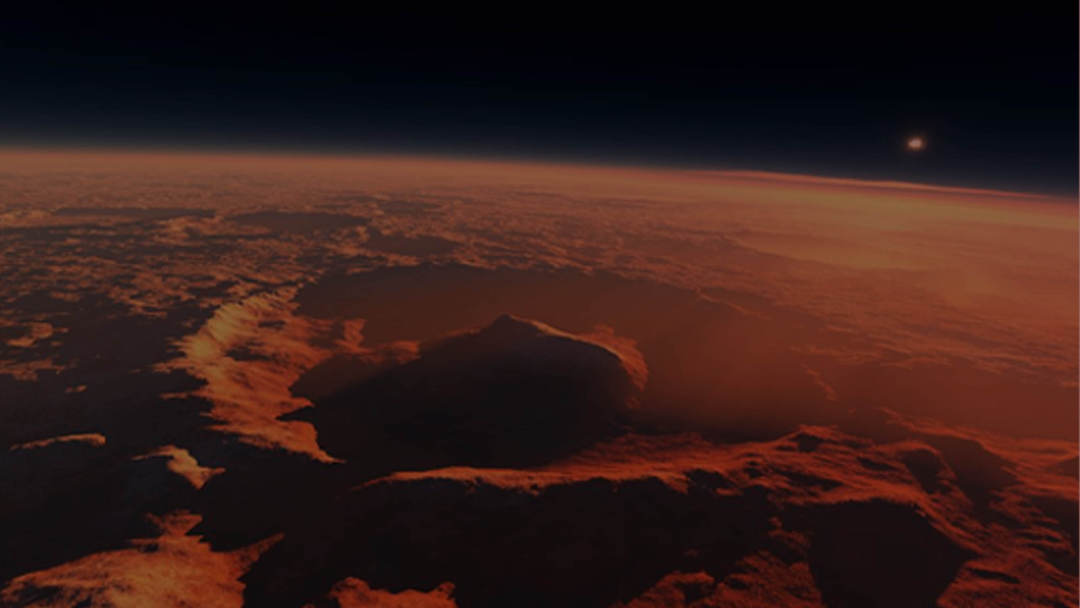
ABOUT MARS
Named by ancient Romans for their God of War because of its reddish colour that resembled blood, Mars is the fourth planet from the Sun. A cold, dusty and desert planet, Mars has a very thin atmosphere. It has seasonal variations, polar ice caps, weather, canyons, mountains, extinct volcanoes, and other features that can be found in our own planet.
Mars is also the most explored extra-terrestrial body in our solar system. Humans have sent orbiters, probes, and landers to demystify the secrets of the red planet. While we have learnt a great deal from our past missions, there is a lot more to be learnt about the history, present and the future of Mars.
So far, our search has provided us with ample evidence that Mars was once a much warmer and wetter planet, with a thicker, more substantial atmosphere. So, what happened over billions of years that led to Mars turning into an arid world? Studying, in-depth, the atmosphere of Mars is the only way to uncover the story, which could not only help humans go to Mars, but also better understand our planet and its future.
The Martian Atmosphere
Size and distance
Structure
Surface
Moons
comparison between | ||
| AVERAGE DISTANCE FROM SUN | Earth : 149 million km | Mars : 228 million km |
| AVERAGE SPEED IN ORBITING SUN | Earth : 30 km per second | Mars : 23 km per second |
| DIAMETER | Earth : 12,755 km | Mars : 6,791 km |
| TITLE OF AXIS | Earth : 23.5 degrees | Mars : 25 degrees |
| LENGTH OF YEAR | Earth : 365.25 Days | Mars : 687 Earth Days |
| LENGTH OF DAY | Earth : 23 hours 56 minutes | Mars : 24 hours 37 minutes |
| GRAVITY | Earth : 2.66 times that of Mars | Mars : 0.375 times that of Earth |
| TEMPERATURE | Earth : Average 14 degree Celsius | Mars : Average -63 degree Celsius |
| ATMOSPHERE | Earth : nitrogen, oxygen, argon, others | Mars : mostly carbon dioxide, some water vapor |
| NUMBER OF MOONS | Earth : 1 | Mars : 2 |

